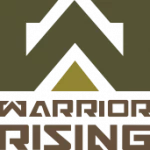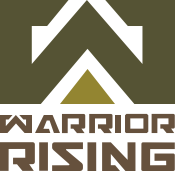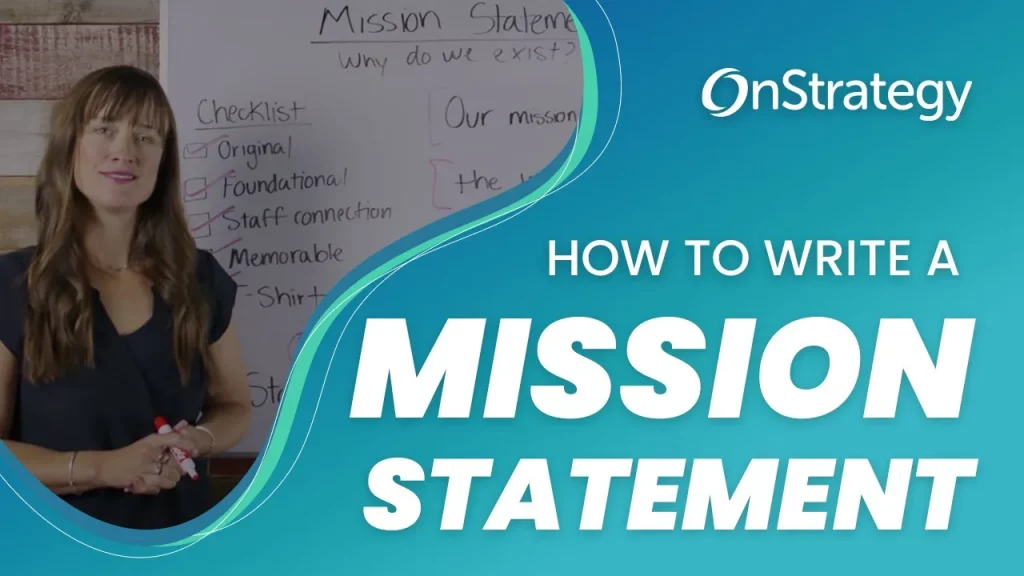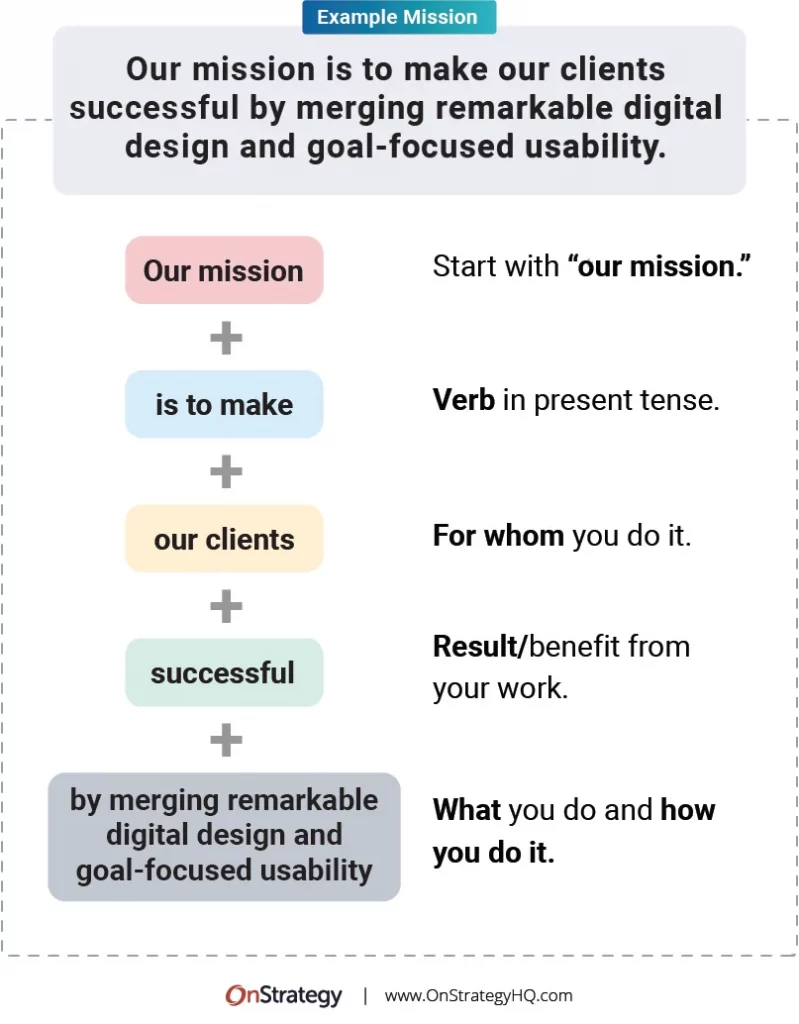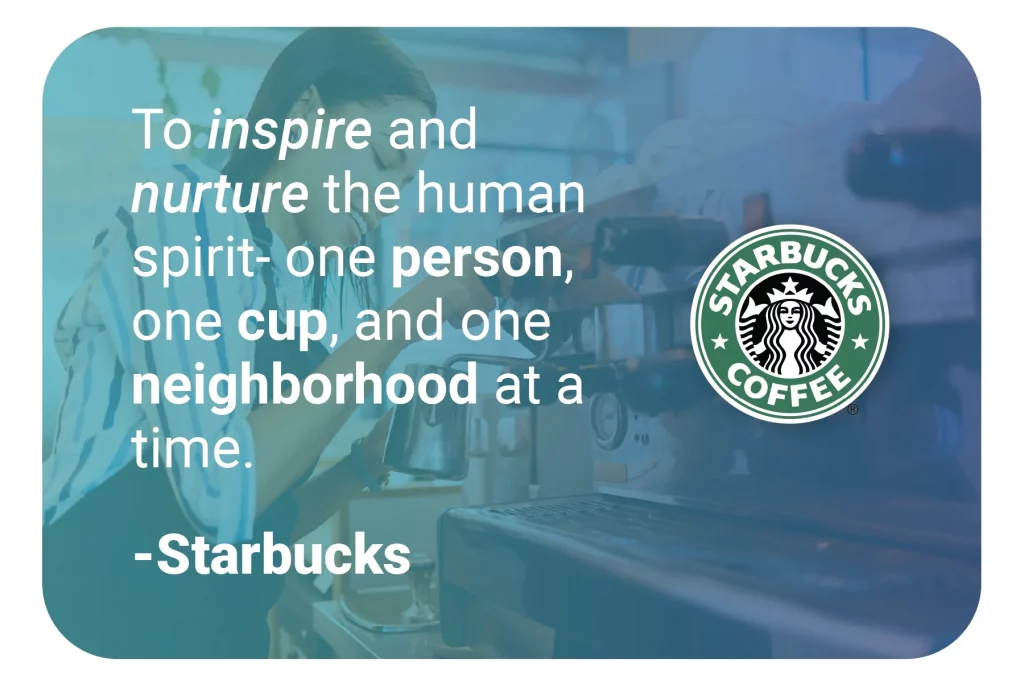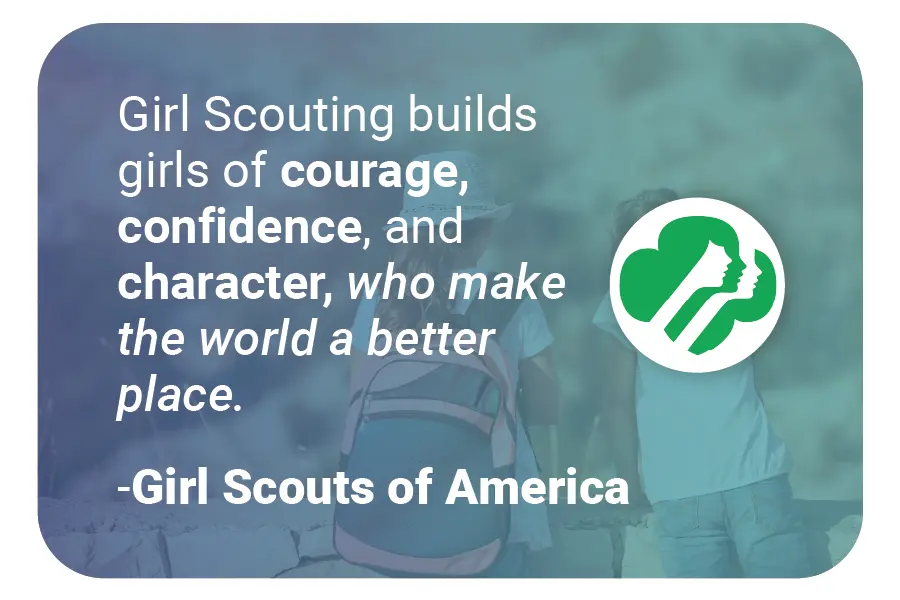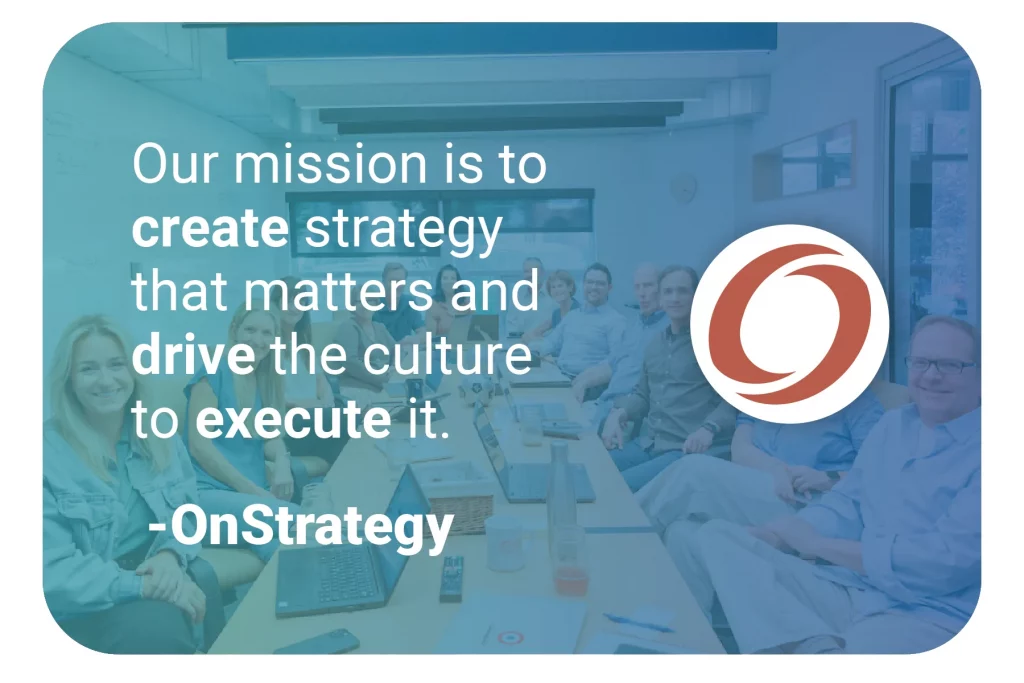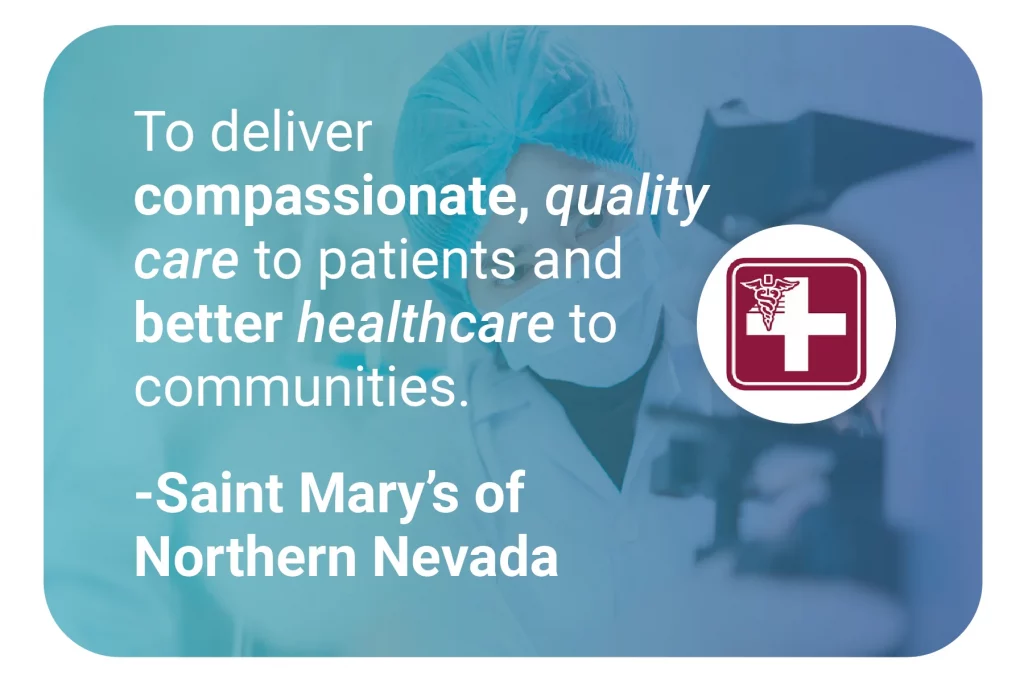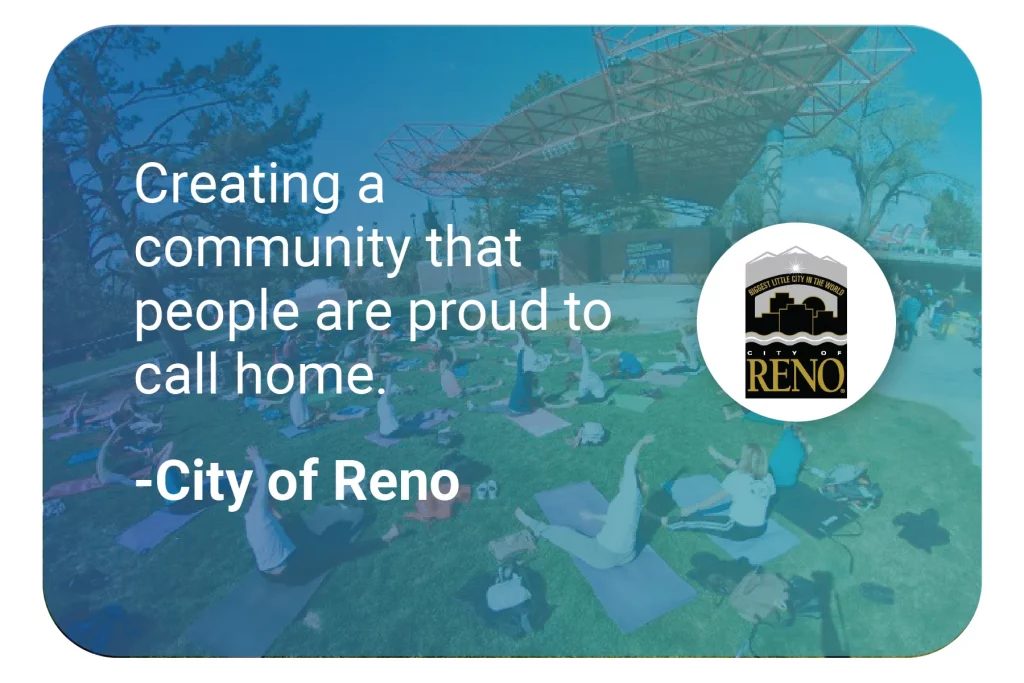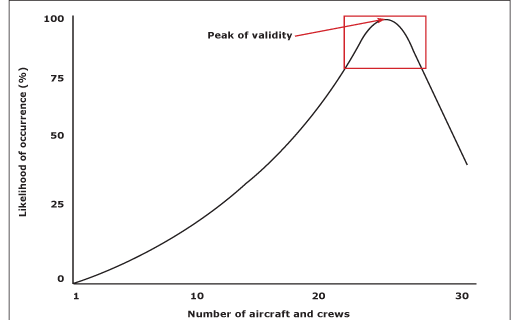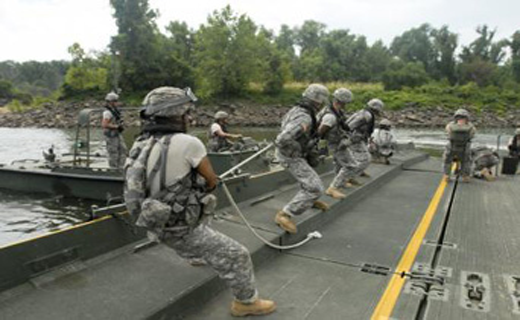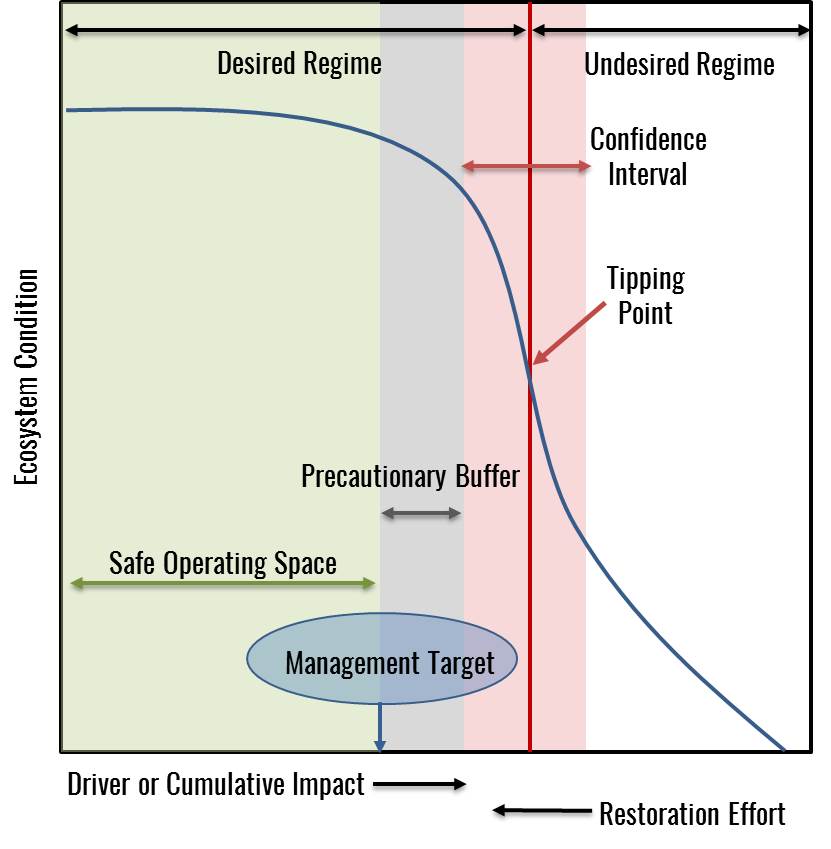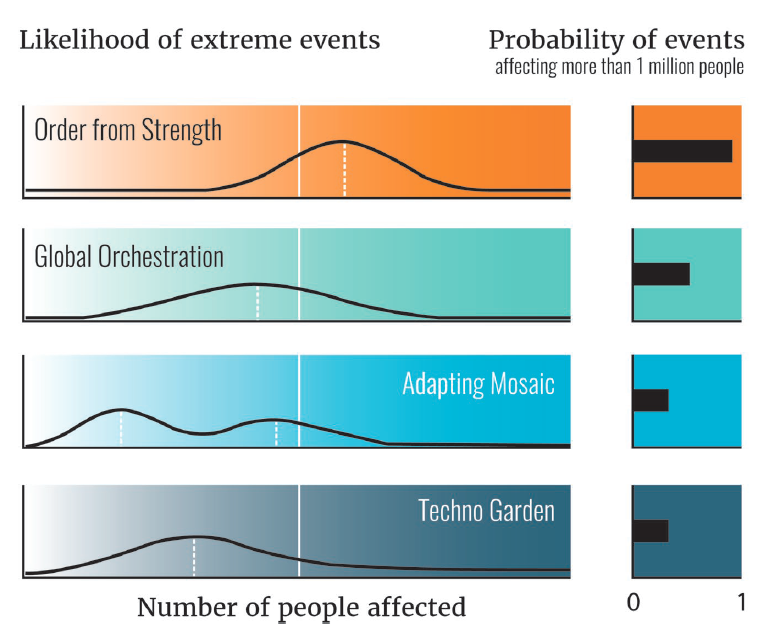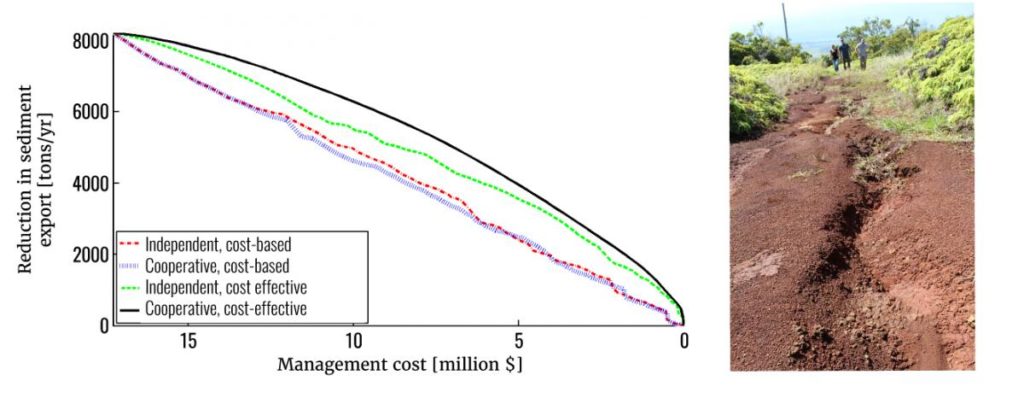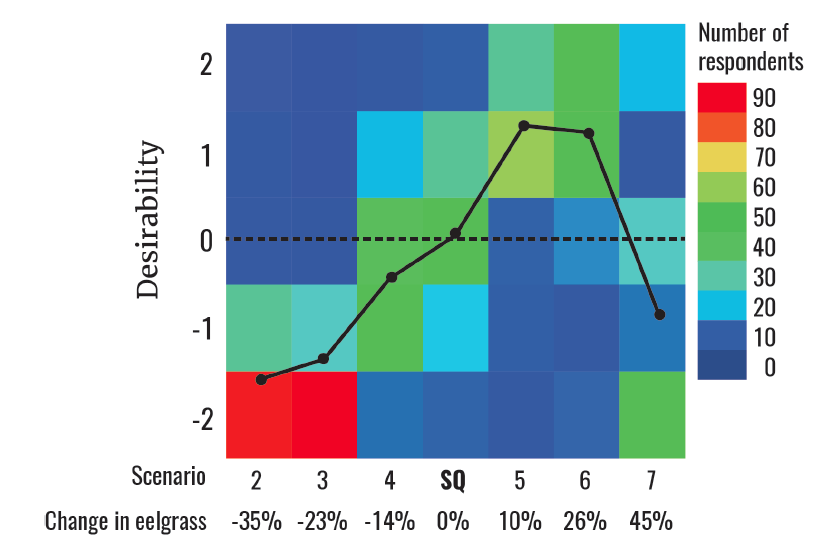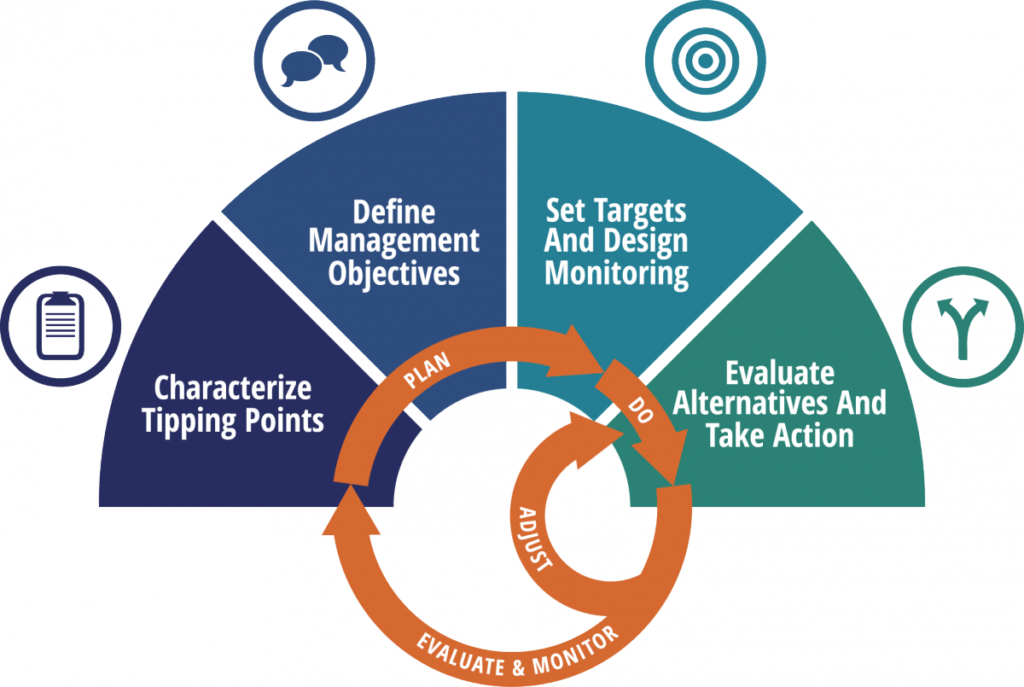
How Businesses Work Together
Imagine you’ve just been called into a meeting and told that your organization is joining forces with another company to work on a major project.
You’ve been assured that it’s a great move for everyone involved, and while you can see the benefits of the plan, you still feel uncertain – what does this mean for you, your company and your work?
Alternatively, what should you do if you’re the one who spots an opportunity for a business partnership – or if you are approached by another organization?
In this article, we explore the different ways in which organizations collaborate with one another, and examine the challenges and opportunities that working together can bring.
Working Together: Four Types of Business Collaboration
When two or more organizations work together, they pool their resources to achieve a particular goal. For example, they may want to access a new market, to drive innovation by taking advantage of one another’s skills and technology, or to address a specific business or social problem.
The partnership may disband when a project is completed, or it may continue for as long as it benefits both parties.
Partnerships often take the form of a strategic alliance, where two companies team up because, for example, they don’t have the infrastructure, time or expertise to develop an in-house solution.
A good example of a strategic alliance is PayPal Canada joining forces with Canada Post to offer customers a time-saving “one-stop shop” for online payment and shipping. [1]
While strategic alliances are usually forged between partners looking for equal benefit, there are other kinds of collaboration where the sides may not have equal weight.
In an article for Harvard Business Review, business and leadership experts Gary P. Pisano and Roberto Verganti identified four types of collaboration that companies typically engage in. The authors call them Innovation Mall, Innovation Community, Elite Circle, and Consortium. [2]
Let’s look at each of the four in more detail:
1. Innovation Mall
An Innovation Mall is an open collaboration approach, which means that there are no restrictions on who can propose ideas, and solutions are selected based on merit. This could include “crowdsourcing” ideas from individuals as well as other companies.
But Innovation Malls are also hierarchical, meaning that one company shares a challenge to be solved, and then decides which, if any, of the suggestions to adopt.
You can generate a high number of potential solutions using this model. However, many of them may be low quality, and sorting the good from the bad can take considerable time and effort. This approach may also discourage big players or high-quality contributors, who may be reluctant to “throw ideas into the pot” with little or no guarantee of a return on their time and investment.
To counter this problem, independent providers offer a “curated” approach that matches an organization’s needs with suitable experts in the fields of business, science and technology.
2. Innovation Community
This approach is open and flat, rather than hierarchical. Anyone who’s interested in the topic, and has sufficient expertise, can pose questions and solutions, and the community collectively decides which solution to adopt.
Open-source software products such as Open Office and the web browser Mozilla Firefox are prime examples of innovation communities.
Innovation communities can generate a wide range of innovations in a short period of time, in a way that may not be possible in hierarchical setups. But your organization may have to be willing to accept that it does not have full control over the process.
3. Elite Circle
An elite circle is a closed, hierarchical approach, where one company poses a challenge and invites specific participants to offer solutions. The company that initiated the query decides which solution it wants to develop.
The range of potential solutions will likely be smaller than you’d get with an open approach. However, because the participants have been hand-picked for their experience and expertise, their solutions will have a greater chance of success.
For example, when NASA wanted to inspire interest in studying STEM subjects (science, technology, engineering, and math), they chose to partner with Lego to produce a range of educational toys. [3]
4. Consortium
In a consortium, an organization works with a select group of participants to define the challenge and work toward solving it. This approach is a closed, flat model.
A consortium allows a company to spread the risks, costs and effort involved in solving a problem. Because it has a flat structure, everyone involved has equal input and responsibility for achieving the stated objective.
The U.K. charity Nesta, for example, forms innovation consortia with government departments, academic institutions, and private companies to address a wide range of social issues.
How Partnerships Can Impact You
Collaborative partnerships are often forged at the top level of your organization, and people on the “shop floor” may have little involvement in the initial process.
But understanding the types of partnerships outlined above may enable you to take advantage of the opportunities they offer, and to recognize the challenges that they present to you and your organization.
Opportunities of Businesses Working Together
The opportunities could include:
Networking
Collaborations can give you the chance to meet people and find new allies, either in your own organization or from the partnering companies.
New relationships will naturally occur if you’re directly involved in the project. But even if you’re not, there may also be formal networking events or project-related workshops or seminars. Develop your professional networking skills, and put them to good use!
Also, the more effectively you network and show willingness to contribute to collaborative initiatives, the greater your opportunities are to branch out into new areas and raise your profile within the company.
Developing Your Skills
Skills development will be a natural by-product of getting involved in new tasks and projects. These could be new technical skills required to complete a specific task, or they could be “soft skills” such as communication or project management.
You may already know which skills you need or would like to work on, but, if you’re unsure, a Training Needs Assessment is a good place to start.
Improving Your Company's Products or Services
A common reason for partnering with external organizations is to use their expertise to improve or expand upon your own company’s offering to its customers.
This could include the use of innovative techniques such as Design Thinking, Customer Experience Mapping, or business ethnography – skills that are highly sought after in an increasingly competitive marketplace. So, if you’re offered the chance to participate in a study or working group, don’t let it pass you by!
Enhanced customer satisfaction is great for your organization’s reputation, and something that you can be proud of. So you and your team members will likely feel more positive and engaged, too.
What’s more, your organization could grow as a result of its partnerships, which could mean better career development prospects for you.
Challenges of Businesses Working Together
Partnerships can present challenges as well as opportunities. And even if you’re not directly involved in the project, it may still have an indirect effect on your team or department, so it’s worth being aware of them.
Increased Workload
Creating new partnerships and alliances often involves additional work on top of “business as usual.” Ideally, your organization will assemble a project team with adequate resources to cover any additional tasks. However, sometimes there are simply too few resources to go around, or parts of the process “fall through the cracks” despite thoughtful planning.
If this affects you, and you find yourself with an unsustainable workload, speak up as soon as possible. Not doing so could impact your performance and lead to long-term stress or burnout.
Different Ways of Working
Working collaboratively with new people (whether external or internal) can cause clashes of values or working styles, which can result in conflict and delays.
To prevent this, good communication is essential. Speak to the people you are working with directly if there’s a problem – this is often the quickest way to resolve the issue.
Alternatively, speak to your manager, or the project team leader, and express your concerns tactfully. Your aim is to raise awareness of the issues, and to find mutually agreeable ways to resolve them, not to point fingers or lay blame
Uncertainty
Even if a collaborative project has a clear objective and a finite time frame, it can create uncertainty for employees. Poor communication from senior management may leave you pondering whether a partnership is a precursor to a merger or takeover. Or you may start to fear that your job is under threat.
These are understandable concerns, and, ideally, you will receive adequate information throughout the process to allay your fears. But if not, speak to your manager to clarify the situation. Remember, they might be feeling just as insecure as you are, but this can be an opportunity for building trust and showing initiative.
Legal Issues
Unless you work in the legal department, you likely won’t be expected to manage these issues. However, you may be wary about what you can say or do in relation to the project.
These concerns may include issues of ownership over project outcomes, disclosure of information regarding the project, or competition laws.
For example, if a team member from the external organization asks you for confidential information about your business, you might not know whether you can or should disclose it. And you’ll want to avoid spreading gossip or fake news to family, friends or the media, risking either organization’s reputation in the market.
If in doubt, ask for advice from your line manager or the team leader from your organization, as appropriate. Be sure to follow any communication protocol or guidelines that might have been issued.
Key Points
Organizations increasingly form partnerships or strategic alliances to drive innovation, to solve problems, or to add value to their products or services.
There are four main types of collaboration:
- Innovation Mall: an organization seeks a solution from multiple sources, and unilaterally decides on its preferred option.
- Innovation Community: multiple parties investigate problems and solutions, and collectively agree on the best way forward.
- Elite Circle: select parties are invited to collaborate, and the organization that proposes the problem chooses its preferred solution.
- Consortium: a select group defines and works on a specific problem, with shared responsibility for selecting the best option.
If your organization collaborates with outside parties, be sure to take advantage of the opportunities by networking, getting involved in new projects, developing your skills, and looking for career development opportunities.
There may be challenges, such as extra work, mismatched working methods, employee uncertainty, and legal issues, but well-managed and clearly defined collaborations should ultimately be a “win-win” for both parties.
References
[1] Parisi, P. (2017). The Power of Partnerships: Why Businesses Are Better Together [online]. Available here. [Accessed May 13, 2019.]
[2] Pisano, G. P., and Roberto Verganti, R. (2008). Which Kind of Collaboration Is Right for You? [online]. Available here. [Accessed May 13, 2019.]
[3] NASA and LEGO Partnership Inspires Kids to Pursue Science and Engineering [online]. Available here. [Accessed April 18, 2019.]
Original document, How Businesses Work Together
Source: Mind Tools
Adapted for Academy.Warriorrising
